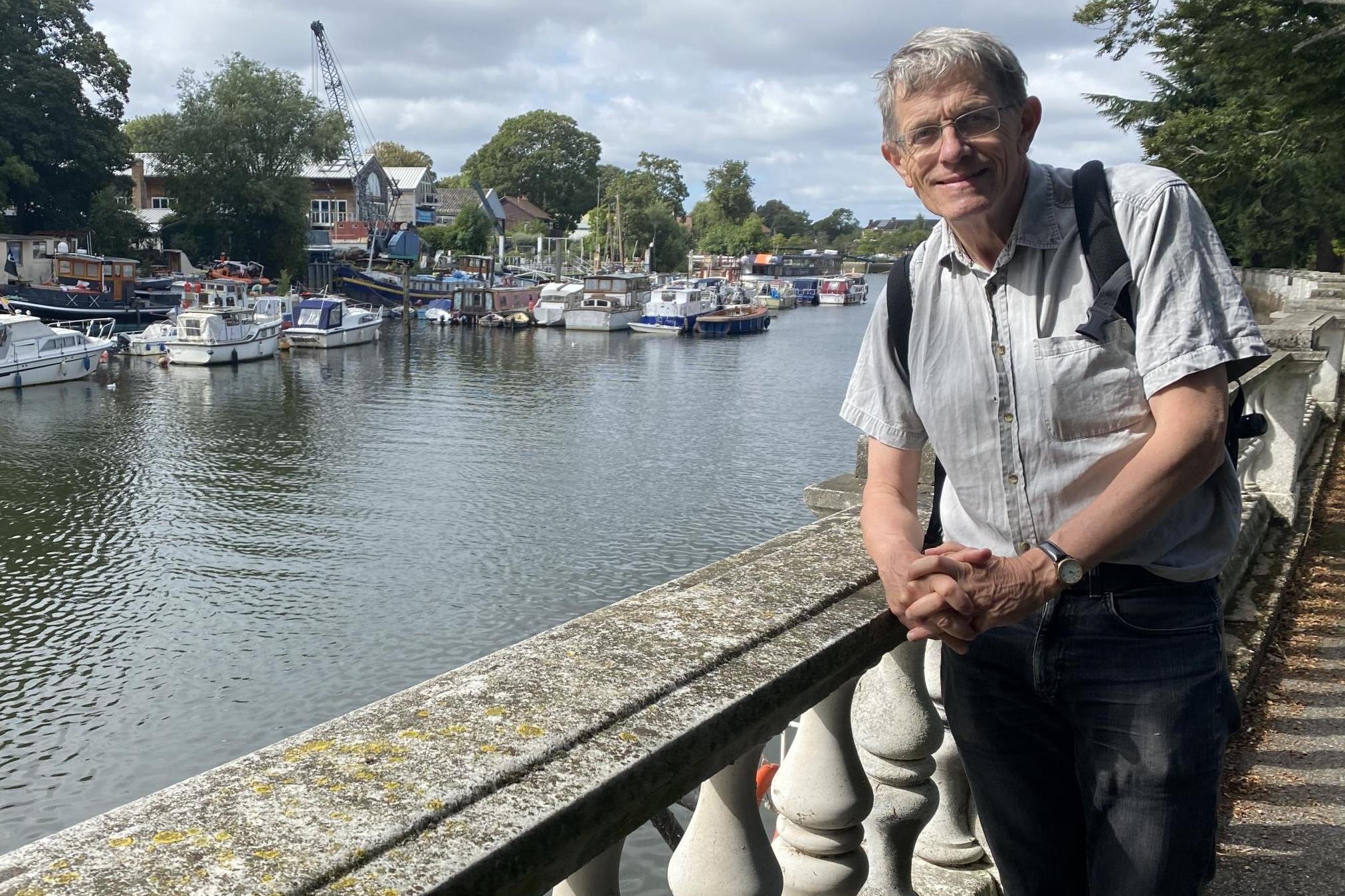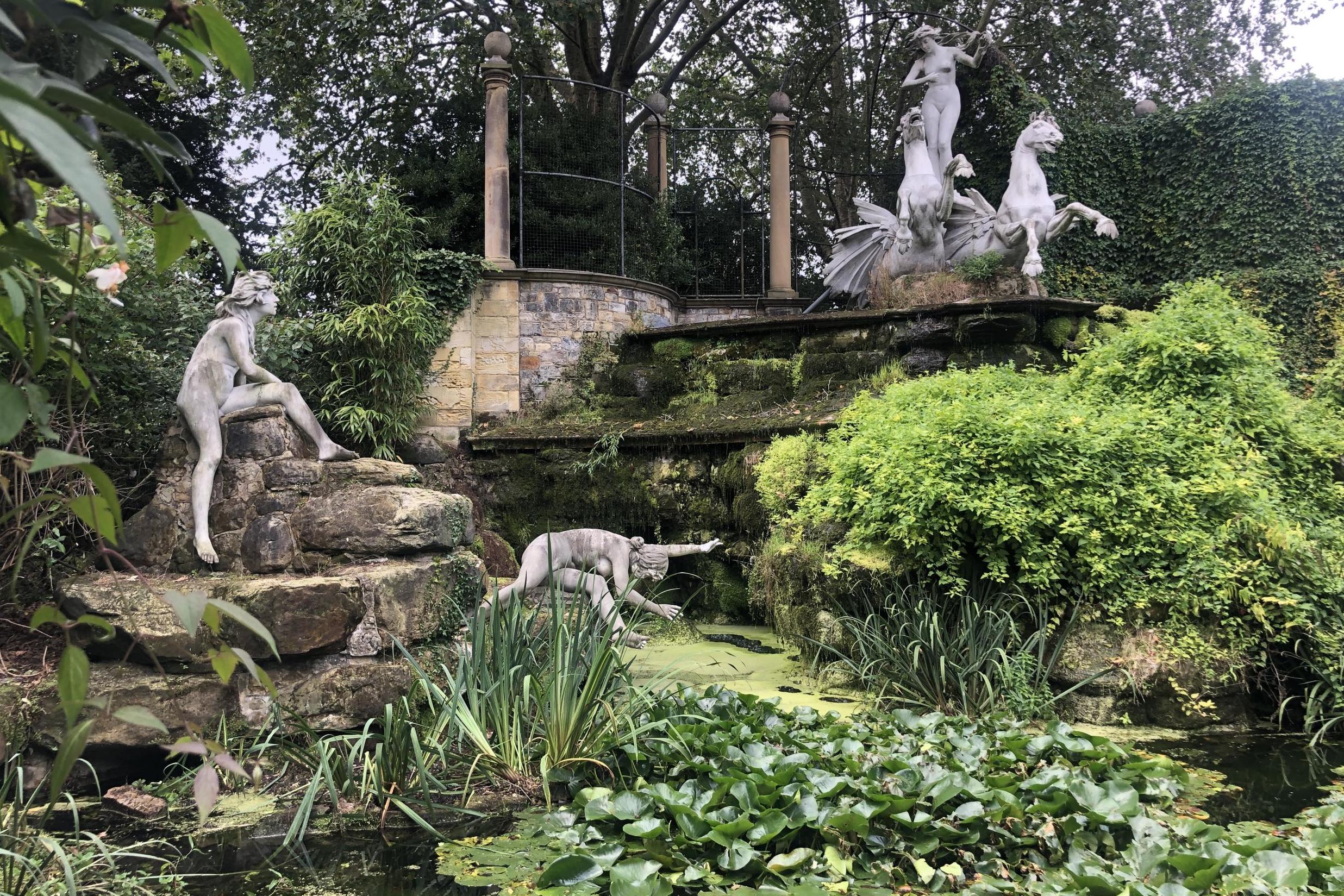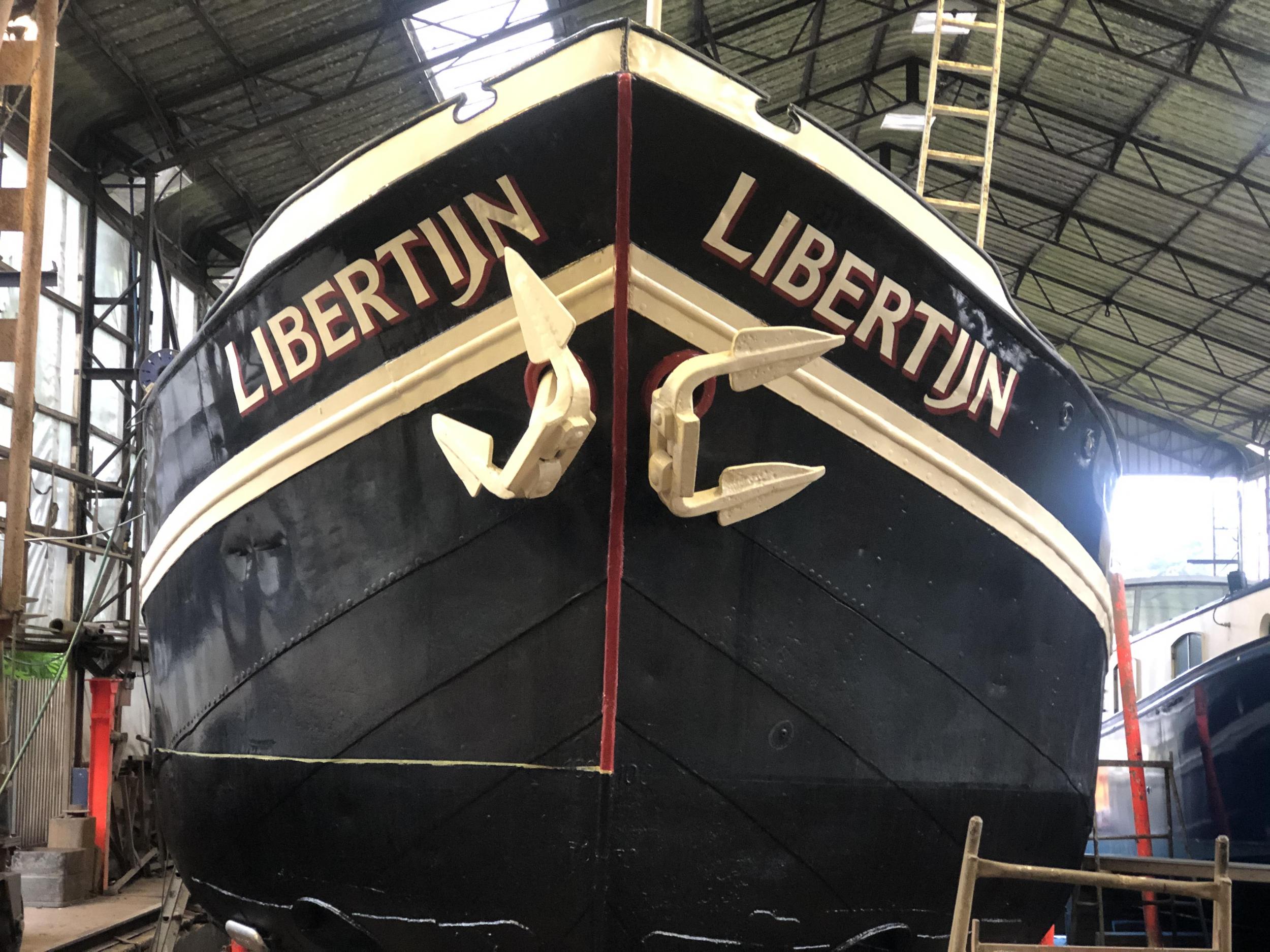‘Eel Pie Island’: A sliver of land that created rock’n’roll history
Simon Calder spends a week visiting islands around the UK. Part 7: Eel Pie Island, Twickenham

TW1 3DY is the postcode for an island five miles from the perimeter of Heathrow airport and just a mile from Twickenham Rugby Stadium.
Like those institutions, the isle was an essential component of the British identity. Trust me. But first, enjoy the one-hour journey to this sliver of land in the middle of the Thames, just downstream from Teddington Lock.
Bernardo O’Higgins shows the way. The Chilean revolutionary hero is commemorated with a handsome bust in Bridge House Gardens in Richmond – right beside the bridge.
O’Higgins spent his late teens in what is now a genteel southwest London suburb, and it was in Richmond that he became a rebel with a cause: independence for his home country, Chile.
Follow his gaze down to the waterside: your voyage across the Thames will come later. A kink in the river means you are temporarily on the north bank and heading southeast, when your target is actually to the west. But a magnificent sweep of the Thames will ease you around to the right direction, curling clockwise beneath the handsome houses high on Richmond Hill.
Glover’s Island soon swings into view, festooned with trees that appear to be hoisting themselves out of the river.
Ten minutes later, keep your eyes open for what my map grandly calls the Ham House Ferry Terminal, but which I call a short set of steps leading down to the water.
“If waiting on the Ham side, be patient and wave if needed,” advises the family firm that runs Hammerton’s Ferry, a two-minute trans-Thames adventure that, for £1 transports you from the Surrey bank to the Middlesex side – though it feels strangely like France.
In the early 19th century, Twickenham was a popular destination for French aristocrats in exile. The Duke of Orleans, later to become the last king of France as Louis Philippe, moved into a Palladian villa that was unforgivably demolished in 1926. But the Octagonal Room was left intact, and this exquisite survivor has since become the Orleans House Gallery – brought to you free by the London Borough of Richmond, whose Town Hall is confusingly next door at York House.
Fortunately the path is easier to follow than the string of names, and leads to a stately home masquerading as a French chateau. Appropriately, it was the 19th-century home of Orleanist Pretenders to the position of King of the French.

When an Indian merchant prince, Sir Ratan Tata, took possession in 1906 he added a delicious Italianate flourish in the gardens. A scattering of sea nymphs, sculpted from Carrara marble, frolic with winged horses: a suitable opening act for the wonderful weirdness that happened halfway across the Thames on Eel Pie Island.
“Trad jazz to heavy metal,” is how Michele Whitby sums up the 15 extraordinary years in mid-Thames that began 1956. She is creator and curator of the Eel Pie Island Museum, located on the mainland and anchored in the past.
One possible source of Eel Pie Island’s name is that Henry VIII paused here for a feed of the snake-like freshwater fish on the voyage between his palaces at Richmond. Another is that eel pies were sold to the tourists for whom a boat trip to the island made a grand day out.
A prim and proper hotel was built in 1830 and prospered during the Victorian age; Charles Dickens was among the guests.
By the 1950s, people who fancied an island escape could head for the Mediterranean rather than the middle of the Thames.
Michael Snapper, an antique dealer and ice skater, bought the Eel Pie Island Hotel in 1952. He intended to transform the property into an ice rink and casino. But instead it became a rock’n’roll legend.
Four years later, Arthur Chisnall started up a jazz club in the ballroom. And the rest was rock history.
The first act was Ken Colyer’s jazz band, but by June 1963 Eel Pie Island was hosting the Rolling Stones – every Wednesday night for three months. They earned £45 initially, but as their celebrity increased so did their fee – to £55.
In 1964, a musician named Davy Jones, who was not old enough to drink, joined the Manish Boys on stage. He later became known as David Bowie.
Jimmy Page, Rod Stewart and Eric Clapton were among many other music luminaries. Anyone significant in the British blues explosion played Eel Pie Island, and when rock was young Elton John (then Reg Dwight) was frequently in the audience.
By the time The Who previewed their rock opera Tommy in 1968, the original jazz club had closed and Colonel Barefoot’s Rock Garden had planted itself in the hotel. With the clientele becoming increasingly exotic, the local police took an unhelpful interest in the goings-on on Eel Pie Island.
As the Sixties disintegrated, so did the fabric of the hotel and the musical credentials. It became a commune, which one occupant described as overrun by an interesting cross-section of society: “Dossers, hippies, runaway school kids, drug dealers, petty thieves, heroin addicts, artists, poets, bikers, American hippie tourists, au pair girls and Zen philosophers from all over the world.”

The hotel burnt down in 1971, leaving the rebels without a commune. In the past half-century, Eel Pie Island has prospered: boatyard businesses and artists’ studios coexist with 150 residents who appreciate life on a hideaway just half-an-hour by train from central London. But a certain radical spirit lingers, says Celia Holman, who lives on the island and volunteers at the museum
“There’s a lot of that atmosphere from the Sixties that still remains on Eel Pie Island,” she says.
“The element of creativity is very much here.”
Join our commenting forum
Join thought-provoking conversations, follow other Independent readers and see their replies
Comments
Bookmark popover
Removed from bookmarks